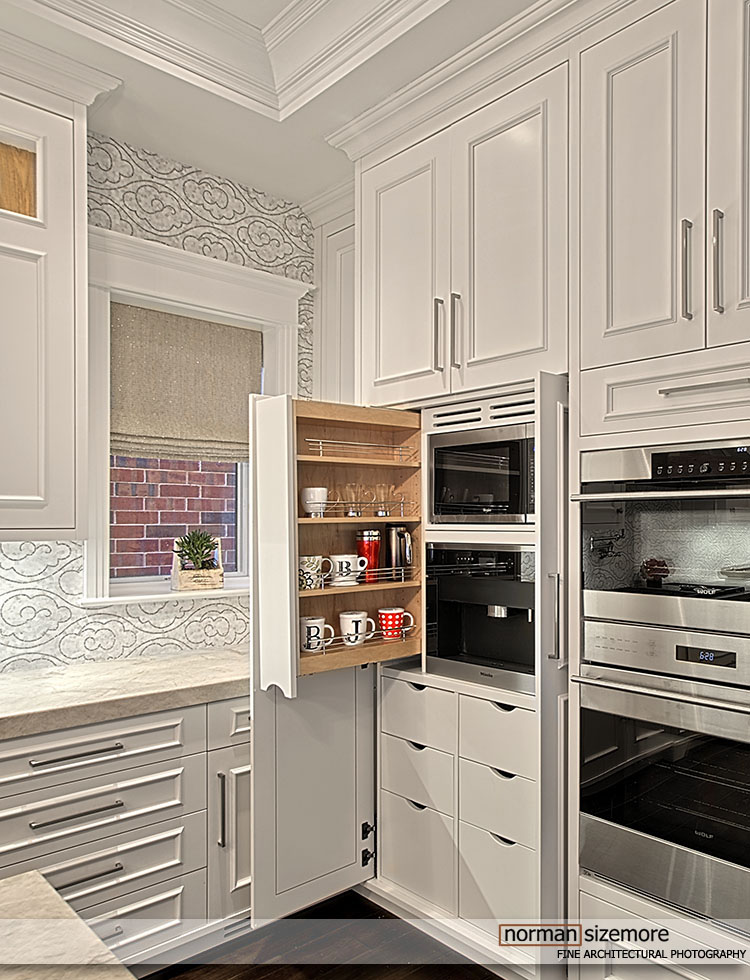Steve Lecas of Gander
Builders is one of the most conscientious builders I have ever met. When you look at the homes he builds you find
first-rate craftsmanship, spectacular designs and superb building
materials. Steve builds homes.
Real homes. Homes that are
designed to be enjoyed by families, spacious, comfortable and practical. Homes that will stand the test of time.
I have been photographing
for Steve over 16 years now, and I can honestly say that the houses I shot back
then still look outstanding today. Here
in the Midwest, that’s saying something.
Steve also always seems to
take the extra step for his clients. I
recall more than one occasion when I met with Steve at a new home to
photograph. There always seemed to be
one or two other homes in the neighborhood that he constructed in prior years
and here is the extra step: I have seen
him walk around the other homes and look at how the finishes are wearing. Often he will check in with the homeowner to
inquire if everything is okay long after the project is finished. His clients love the attention and it comes
as no surprise that the majority of Steve’s work is referral based.
If you are looking for that
‘special’ builder… Steve Lecas of Gander Builders is just what you need. Below are a few samples of recent work.
To see more our of our work, please visit our website: www.normansizemore.com






















































